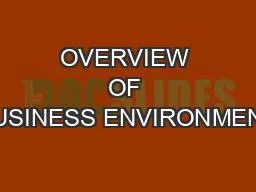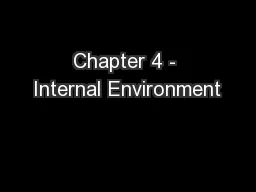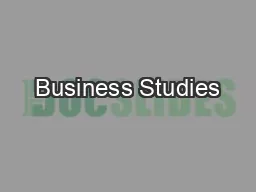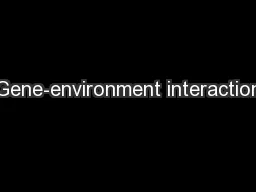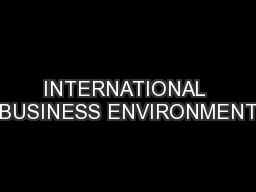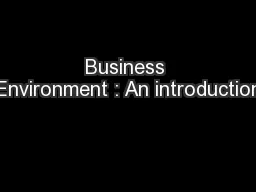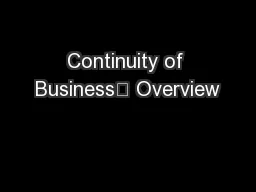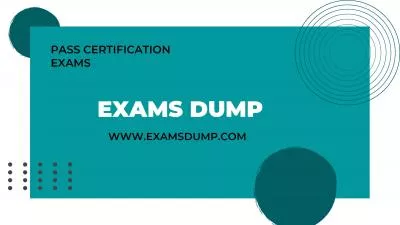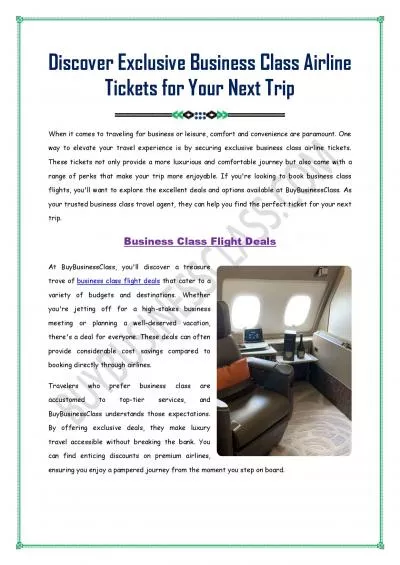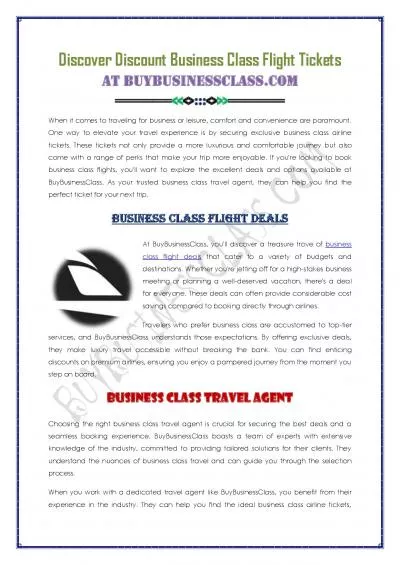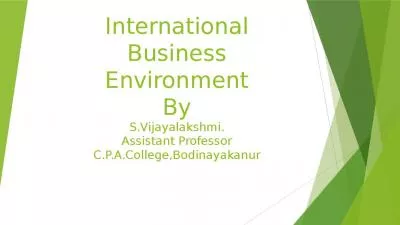PPT-OVERVIEW OF BUSINESS ENVIRONMENT
Author : fullyshro | Published Date : 2020-06-30
1BUSINESS ENVIRONMENT DEFINED All those internal amp external factors which affect the function and performance of firm and its decision making particularly strategies
Presentation Embed Code
Download Presentation
Download Presentation The PPT/PDF document "OVERVIEW OF BUSINESS ENVIRONMENT" is the property of its rightful owner. Permission is granted to download and print the materials on this website for personal, non-commercial use only, and to display it on your personal computer provided you do not modify the materials and that you retain all copyright notices contained in the materials. By downloading content from our website, you accept the terms of this agreement.
OVERVIEW OF BUSINESS ENVIRONMENT: Transcript
Download Rules Of Document
"OVERVIEW OF BUSINESS ENVIRONMENT"The content belongs to its owner. You may download and print it for personal use, without modification, and keep all copyright notices. By downloading, you agree to these terms.
Related Documents

